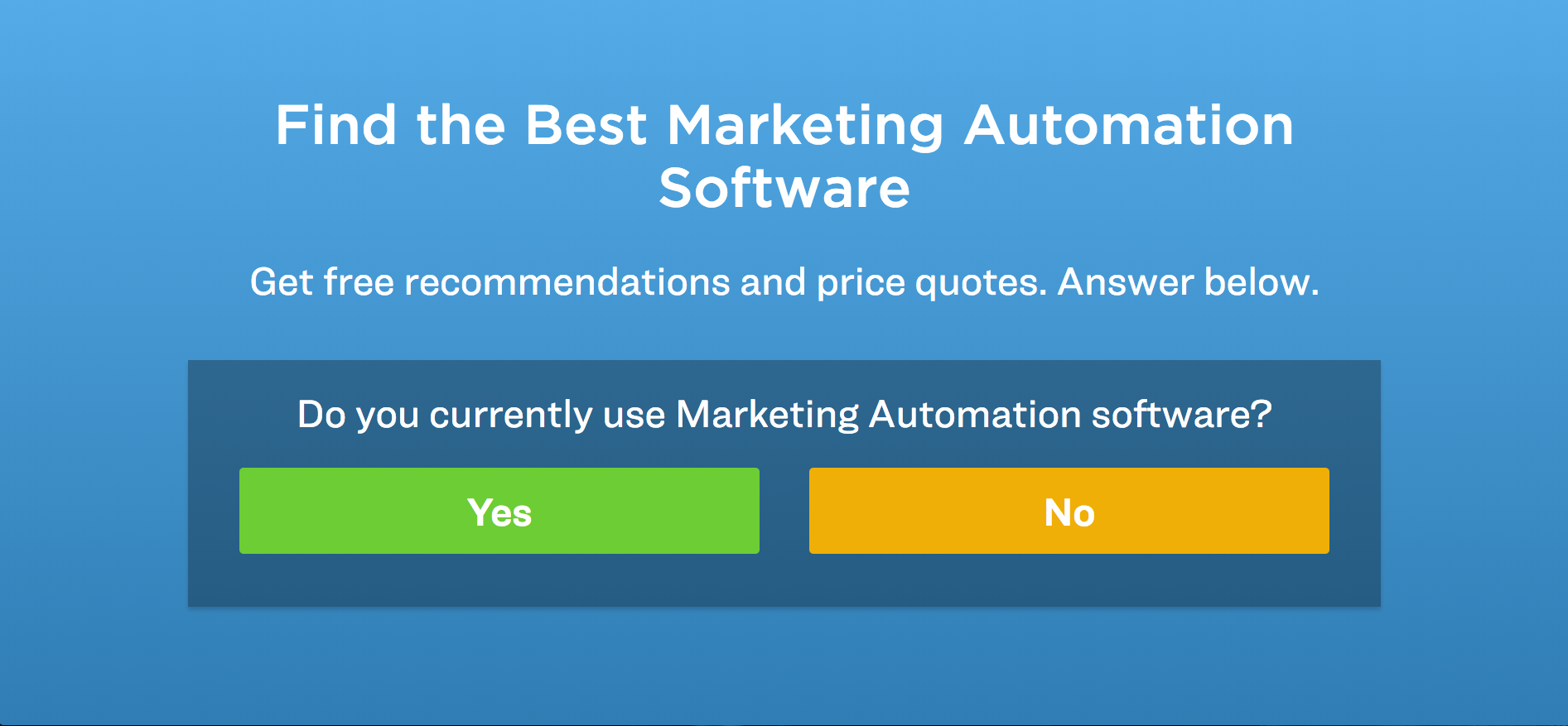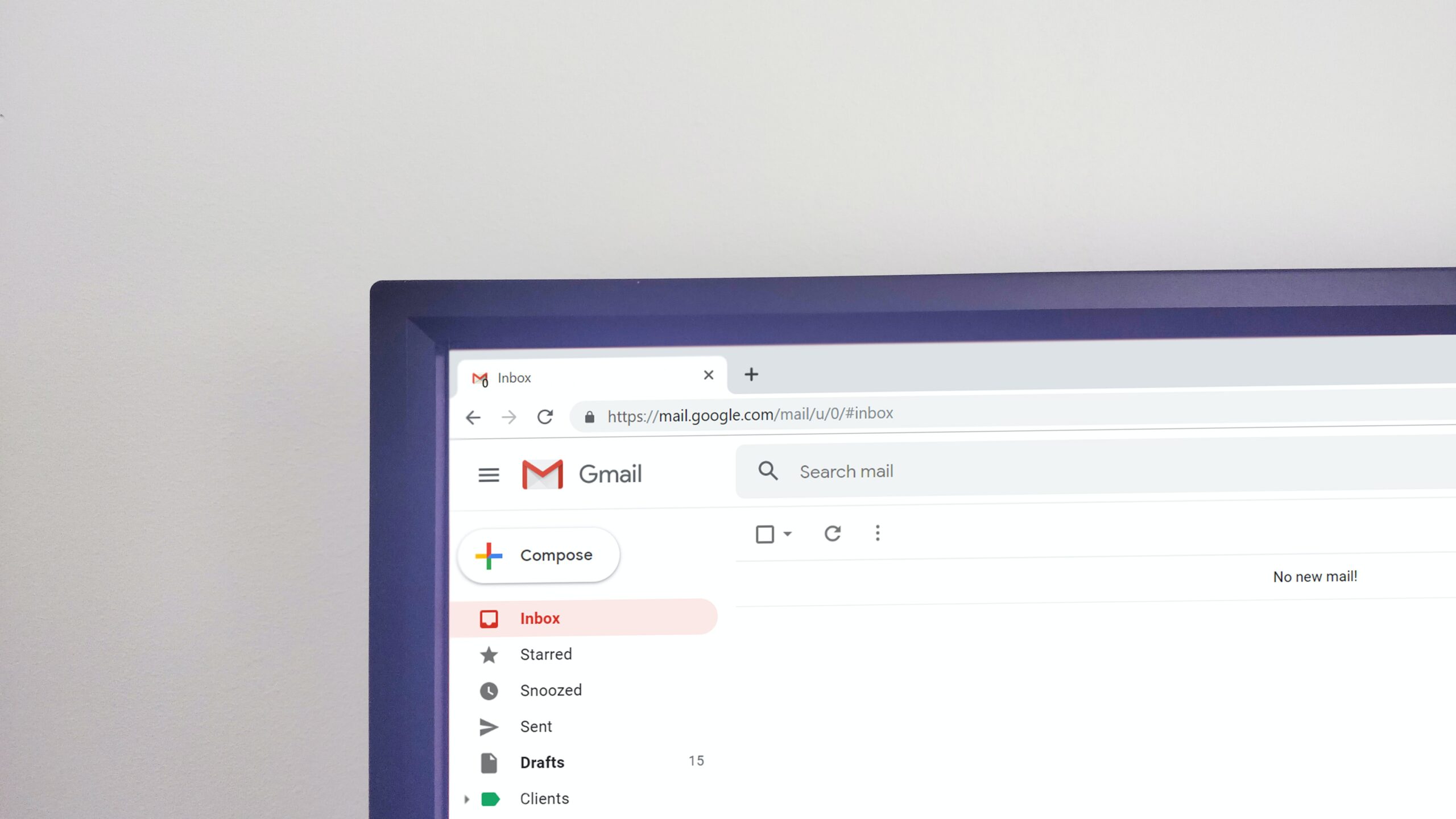By now you know the SEO drill. Almost all articles recommend incorporating a backlinking strategy to help build a stronger site and
search presence. Some sites even have a
step-by-step guide outlining different backlinking strategies to get links, but one thing many articles lack is how to manage the relationship side of backlinking, and more specifically how to manage relationships when you content swap.
A sustainable and healthy backlinking strategy is more than just following a list of instructions and avoiding black hat tactics. You aren’t just “building links,” you are fostering relationships.
In our digital age, it’s easy to forget a person sits on the other side of the screen. We forget that “getting a backlink” actually means “communicating with another human.” If we forget about the relationships we want to foster and focus only on the link, many efforts will stay unread in the inbox, and links won’t get published.
We at TechnologyAdvice have used content blog swapping as an SEO backlink strategy for over a year, and we’ve learned a few things along the way. Why make all the same mistakes we did, when you can read about what we’ve learned and avoid the pitfalls (and subscribe, and share, and link back to this article, of course!).
Let’s look at the 5 lessons from the relationship side of backlinking–we promise not to get too mushy.
Set expectations
You’ve probably had this happen: you were so happy someone wanted your well researched, well written article that you failed to mention that you wanted a backlink to your blog (product, landing page, etc.) in return for the stellar free content. The partner published your article, but your backlink–the whole reason you wanted to write for the company in the first place–was conveniently left out. After a few emails back and forth, a backlink is finally decided upon, but it wasn’t the keyword or link you originally wrote the article for.
Avoid this scenario by
setting expectations on the front end. Define each party’s responsibilities and what each will get out of the arrangement. Don’t throw a curveball to the catcher if he’s expecting a fast pitch.
Poor communication in the workplace is costly, so make sure both parties know the blog swap process and you’ve set clear expectations. Send the potential blog contributor your company’s guidelines, so they know what you expect from the content they create.
Start small
Some people don’t get it; they move too fast. Remember that time you went on a first date, and before your hand crafted, artisanal cocktail arrived, your date already asked what you’d name your kids? After remembering you had to be at work early and excusing yourself, you texted your date and said the “chemistry wasn’t there,” then promptly blocked the number.
Don’t be that abandoned date. Moving too fast is weird, and no cocktail is worth sitting through a bad date no matter how deconstructed, locally sourced, or grass-fed it is.
The same thing applies to nurturing backlinking relationships. Agree to write one article to gauge how well you work with the partner before promising monthly or quarterly blog swaps. Like most relationships, it takes some time to figure out each potential partners’ communication style and how well they follow through on what they promised.
There are many fish in the blog swap sea, so don’t feel like you have to stay stuck in a bad backlinking relationship.
Pick your dates wisely
Speaking of dates, don’t schedule your outreach campaigns too close to one another. There is no feeling more satisfying than starting a new email campaign targeting a fresh contact list. You just hit that button in your
marketing automation tool and wait for the positive swap responses to roll in. It’s electrifying and gets the adrenaline pumping, but don’t start too many campaigns at once.
Word has gotten out about the benefits of backlinking. We’ve noticed people are more receptive to a blog partnership now than they were this time last year, which means they respond quickly and want the same in return. Opening your inbox at 8 am to 56 positive responses who all want to know more about the process and want pitches sent is much harder to manage than having those same respondents respond over a few weeks. Make sure you have time to engage with those you’ve reached out to. It’s ok to wait a week to send your second or third email campaign to a new list.

Be human
Breathing? ✅
Made your way to work? ✅
Looking forward to lunch? ✅
Unless you are a replicant who’s been able to pass the
Turing test, chances are you are human. And it may come as a surprise that the people you interact with are also human. Has a backlinking partner suddenly ghosted you after you sent the first draft?
Odds are they aren’t stealing your content and stripping the backlink to publish as their own. It could be their 84 year old mother is not well, and they spent the weekend getting her settled in her nursing home, or they just got back from maternity leave and are overwhelmed by juggling job and motherhood responsibilities. Send your condolences and let them know life happens.
An ounce of sympathy goes a long way to help strengthen the backlinking relationship.
Have extra company Christmas cards? Write to your ongoing blog partners and let them know your company and audience value their content. No one gets mail in the office anymore unless it’s from a direct mail campaign, so your efforts will stand out. Finding little ways to connect to your partners helps foster the relationship and keeps everyone happy.
Branch out
We all have people we naturally connect with: the relationship comes easily and working with them isn’t draining but invigorating. The same thing will happen when you start interacting with partners. The time-consuming and attention-seeking partners will fall away after one blog swap, and you’ll have a core of partners you want to work with quarter after quarter. Keep those people around, but ask if they have partners they enjoy working with,
as an introduction would be beneficial for you. If you never ask, you’ll never know.
We found our ongoing partners were more than happy to share some of their contacts–especially when we reciprocated the introductions. A referral from someone you respect and trust may be the difference between opened and deleted emails.
All SEO strategies take time and energy, but we have found growing our backlinking though blog swapping to be a good tactic for us. Who knows? Maybe one day you’ll get to meet a backlinking partner at a conference face to face and know more about them beyond the screen. In today’s digital world, that would be like getting an @mention from
Lil Bub on Instagram.
What are some backlinking tactics you found successful? Share in the comments below!
Karri Bishop is the Marketing Communications Manager for TechnologyAdvice. When she isn’t busy communicating with partners, she spends time with her two awesome cats, Soy Sauce and Molly and enjoys hiking and looking at the moon. 





